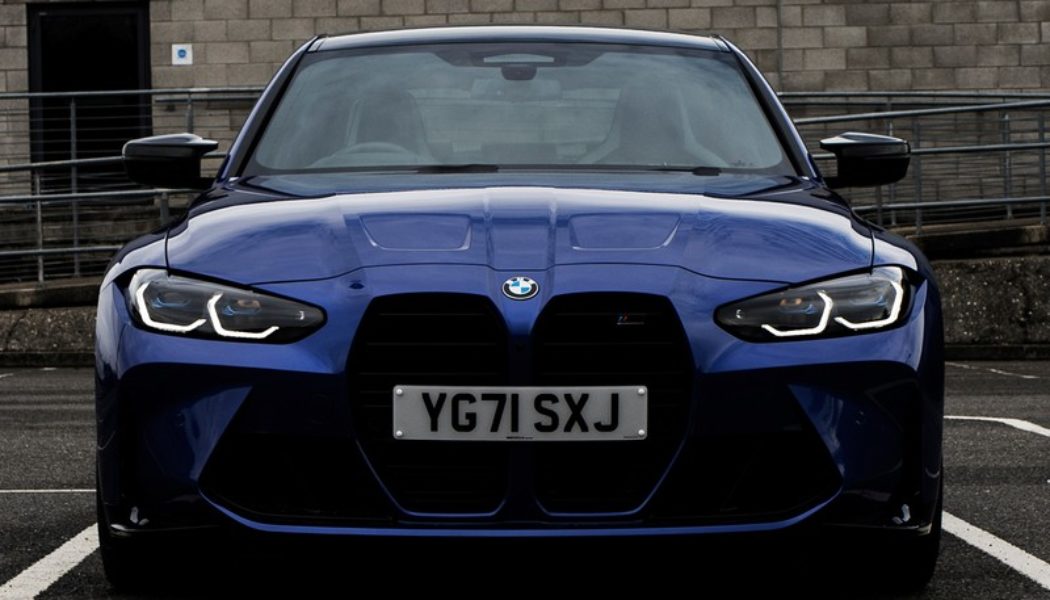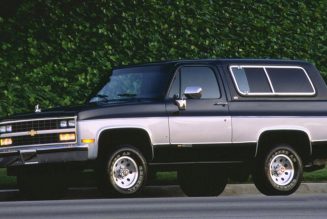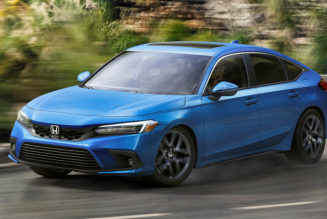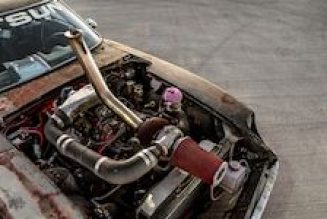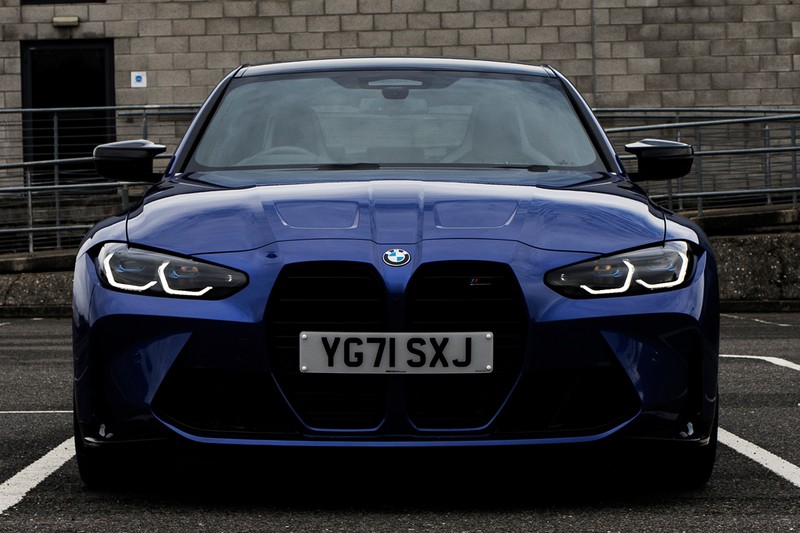
Few cars possess the critical acclaim and fanboy nature of the BMW M3. Since its arrival as the inaugural – and formidable – E30 M3 in 1986, the Bavarian skunkworks M division has pumped out five more generations of the seminal driving machine, leading us to today’s schismatic BMW M3 Competition G80.
But, before Hypebeast straps into the G80’s carbon-clad bucket seats for this issue of Open Road, we must dissect what is in front of us. The BMW M3 is a roaring success for the marque, most in part due to it being one of the definitive driver’s cars. For years, the M3 put a focus on automotive excellence and purity – six-cylinders, manual gearbox, rear-wheel-drive, fin. But after fettling around with V8s and automatic transmissions, many purists steered away from the car as it become more of a status symbol, one with negative connotations at that.
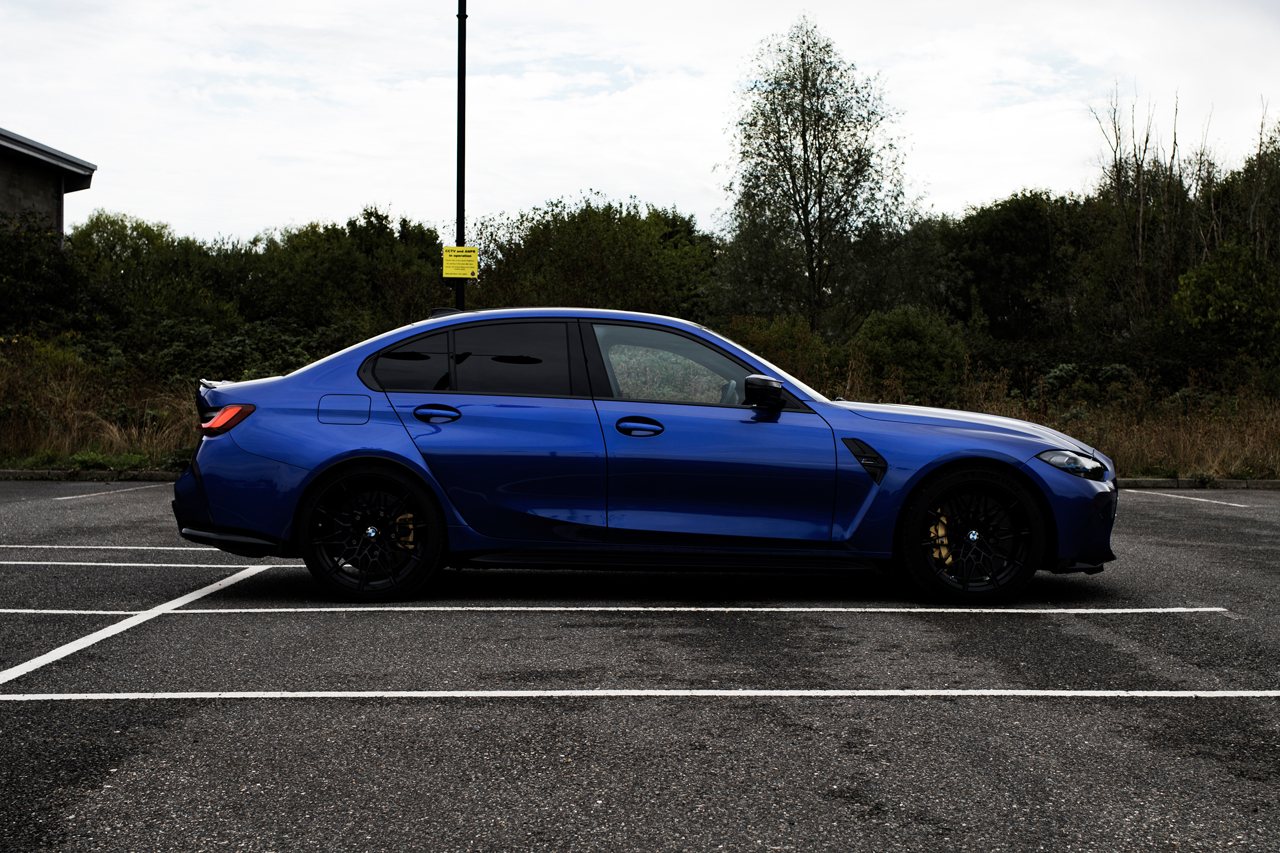
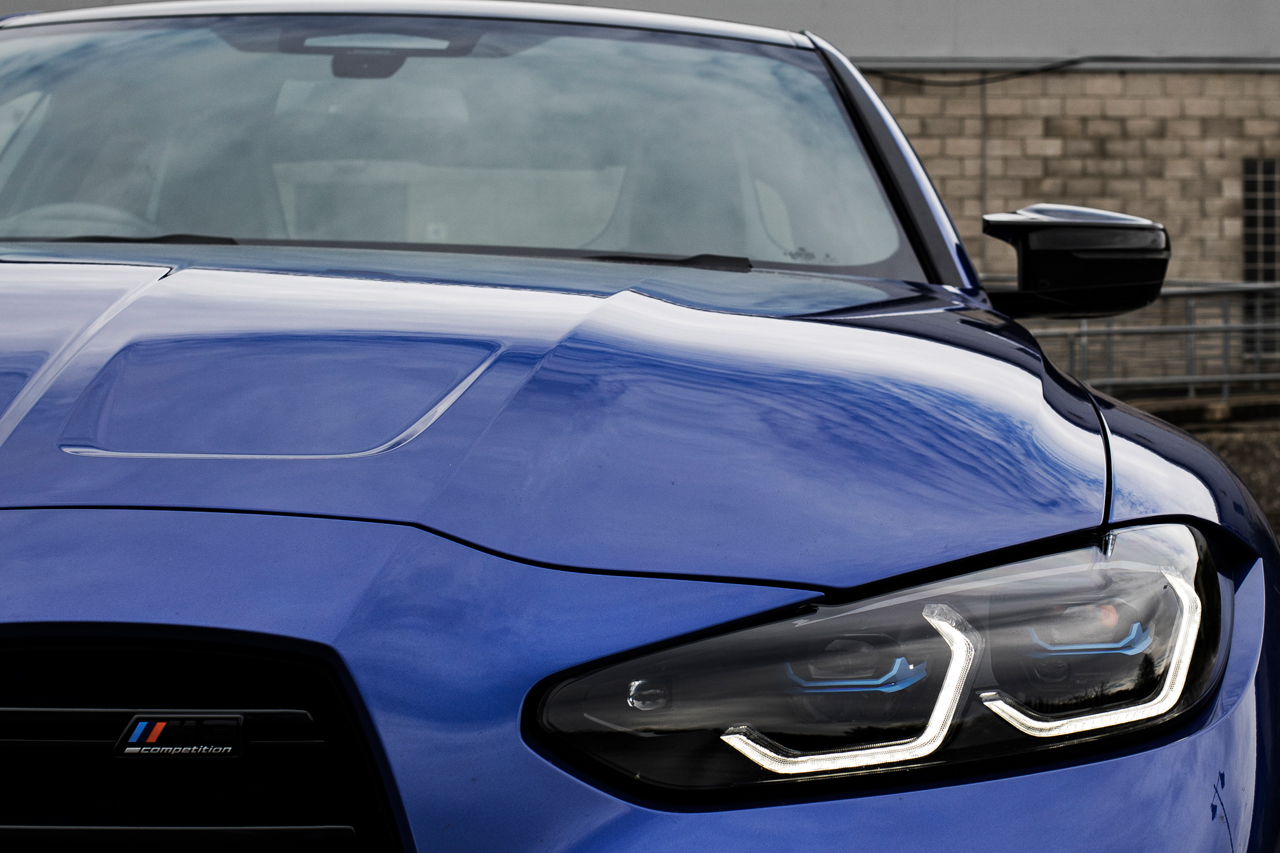
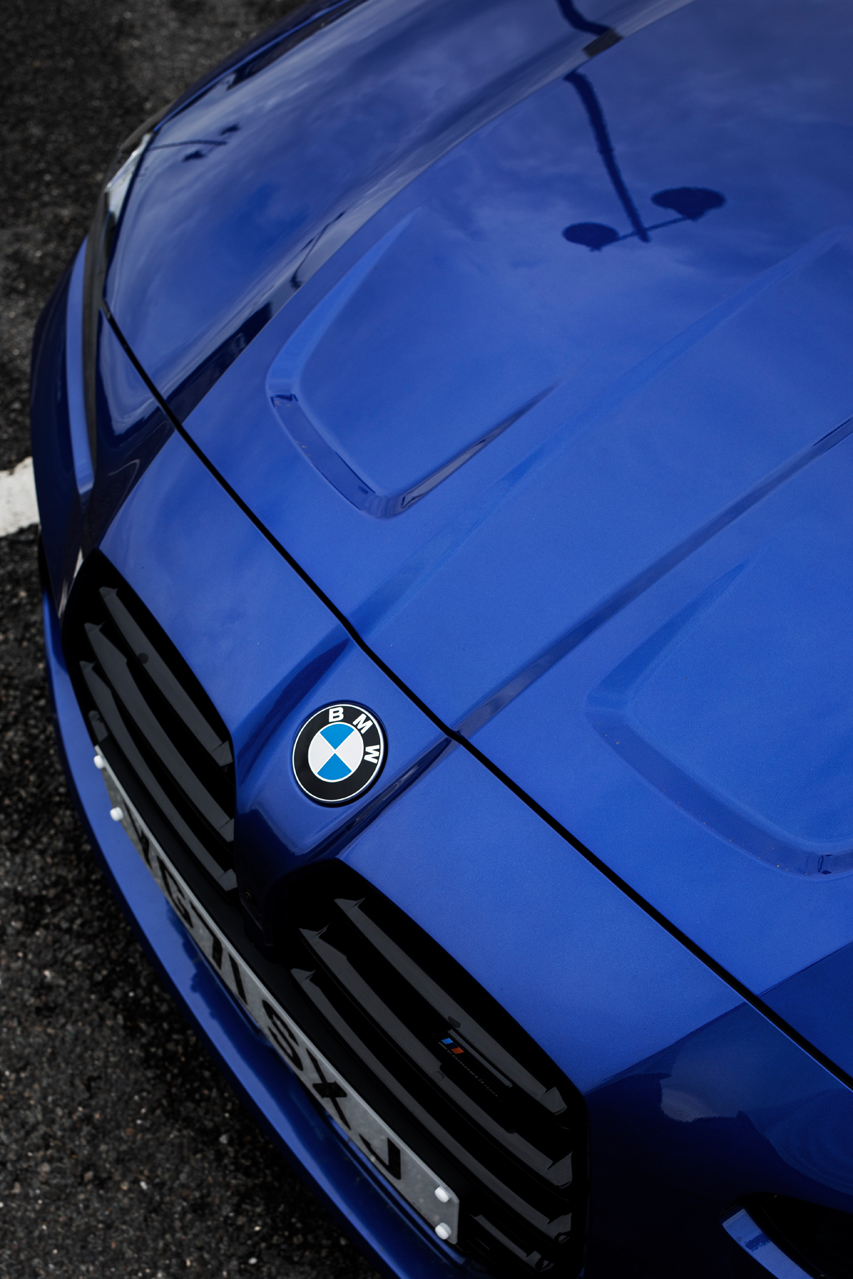
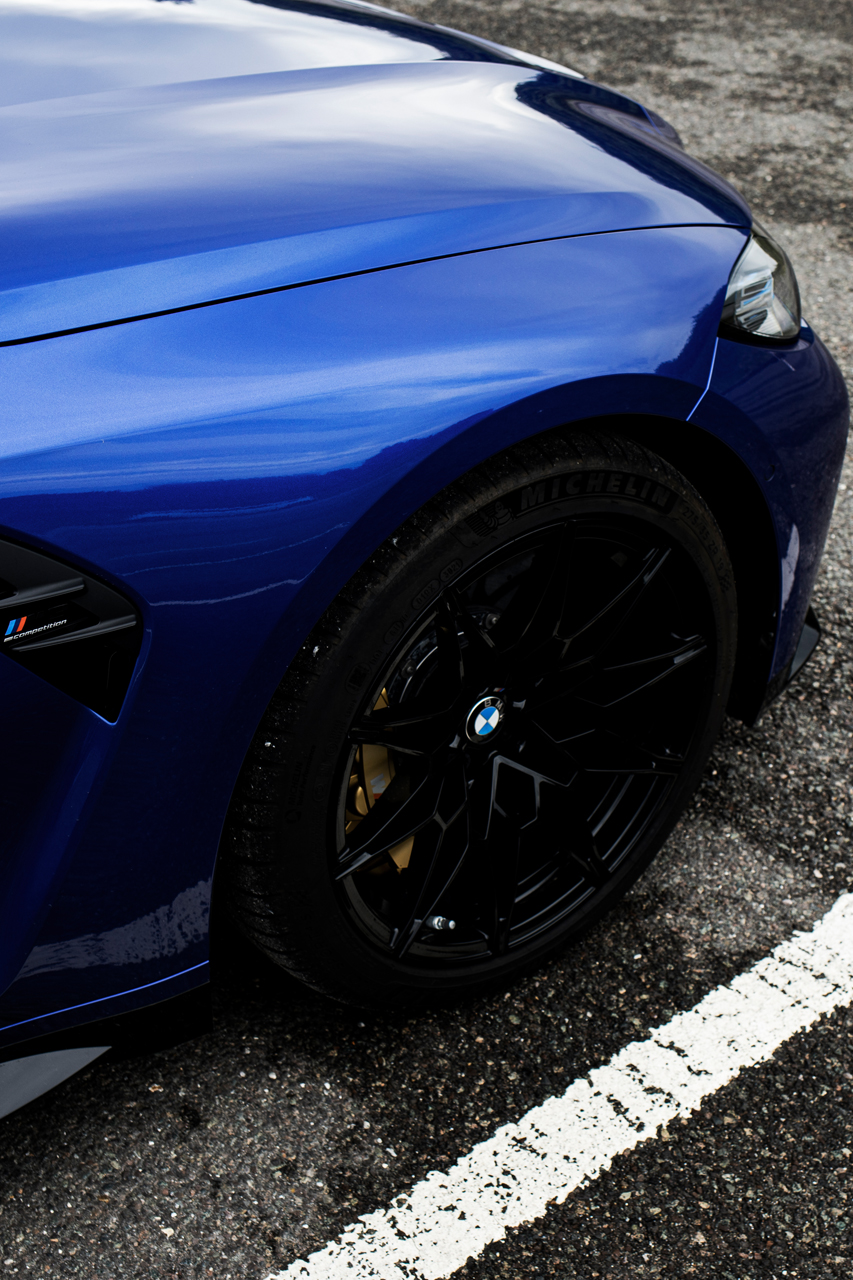
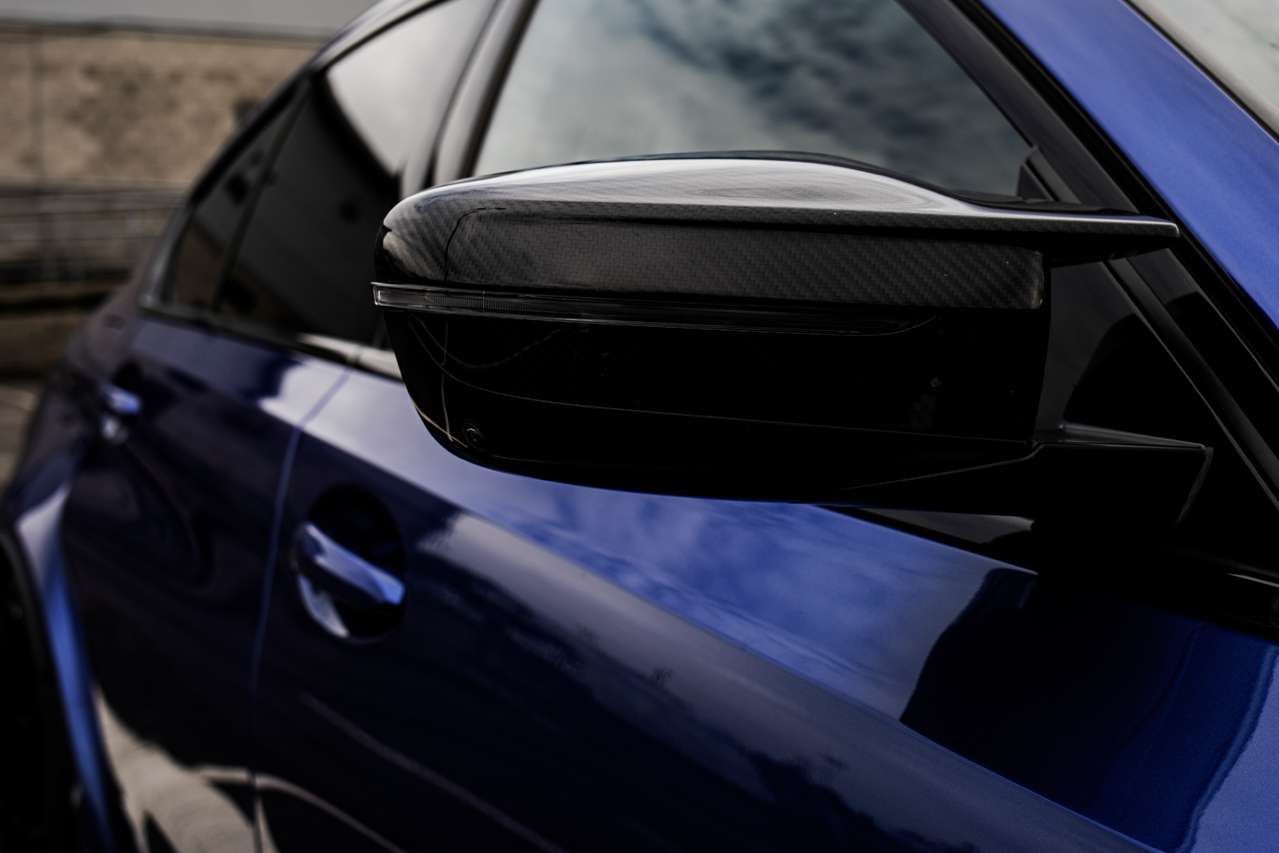
There are countless forums on the Internet that examine the clichés of a “BMW driver.” Memes comment on the driver’s presumed lack of ability to use their turn signals, driving too close to the car in front, or generally being relentless on the road. And over the years, the BMW M3 has been by this stereotype’s side. It didn’t get much better when BMW unveiled the new G80 generation – never did a grille elicit so much widespread hate among automotive journalists and car nuts alike.
Once we’d put the controversy aside, and digested the divisive styling choices of this new M3, it was time to get to know the car. With a history as storied as the M3s, we had high expectations for the new generation – you’d think that after countless variations ranging from coupes, convertibles, and sedans to lightweight racers, DTM cars, classics, contemporaries, and everything in between, BMW would well-and-truly get it right with its new flagship.

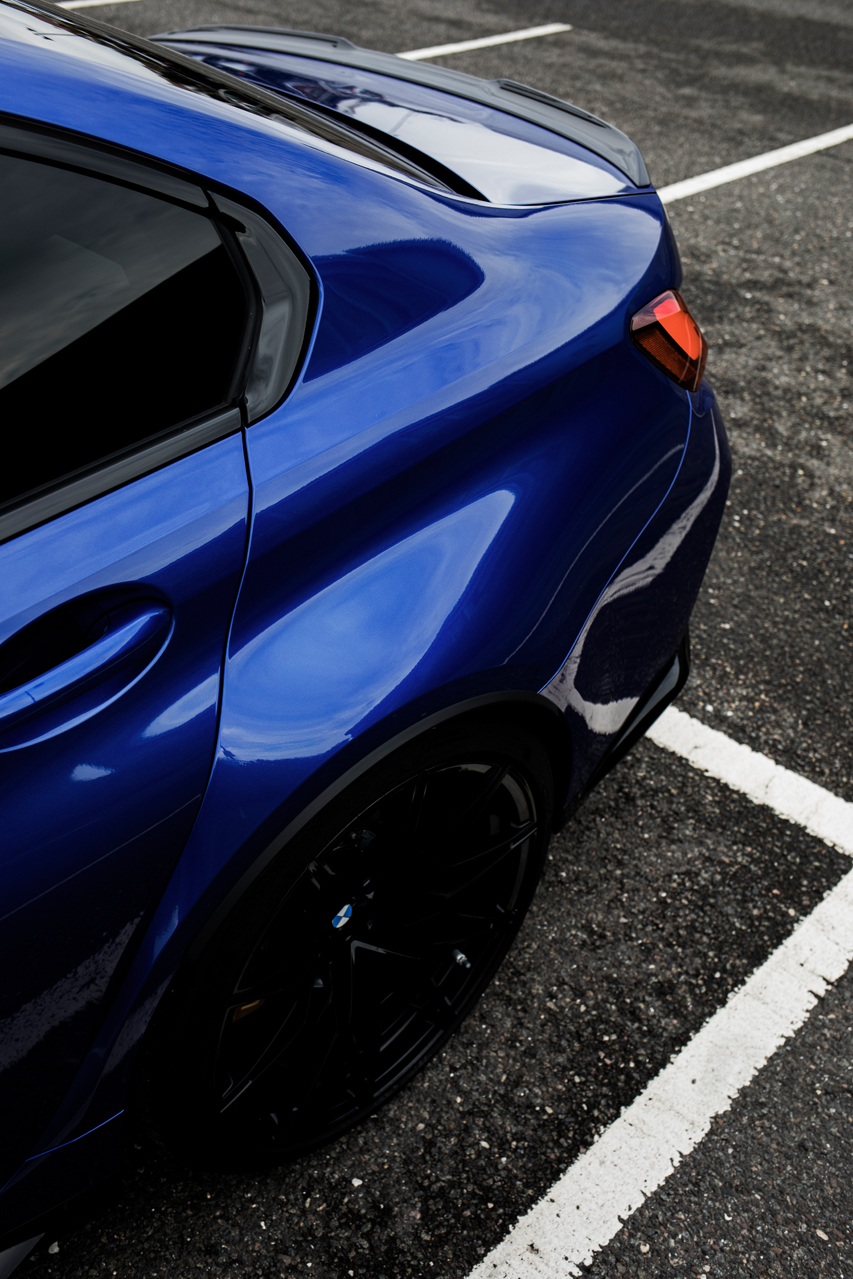




Thankfully, they’ve done it again. Weighing in at 1,730kg, thanks to a considerable growth spurt and the addition of BMW’s proprietary X-Drive system, the M3 manages to deliver precision in abundance – something not usually attributed to a heavy 4WD car. With an almost instantaneous amount of turbocharged power (503 HP and 479 lb-ft of torque, to be precise) you are nothing short of being catapulted back into your seat, stuck to the carbon fiber nearly as well as the tires stick to the tarmac.
With each corner comes another exciting challenge: just how far can you push the M3? As it turns out, its limit enjoys being tickled on leafy country lanes, encouraged to step out of line as you approach the very top of the rev range to extract the most out of the engine. The edge is the M3’s sweet spot, enabling you to believe you’re an incredible driver (BMW complex, anyone?) but, in fact, it’s just the car doing all the work.





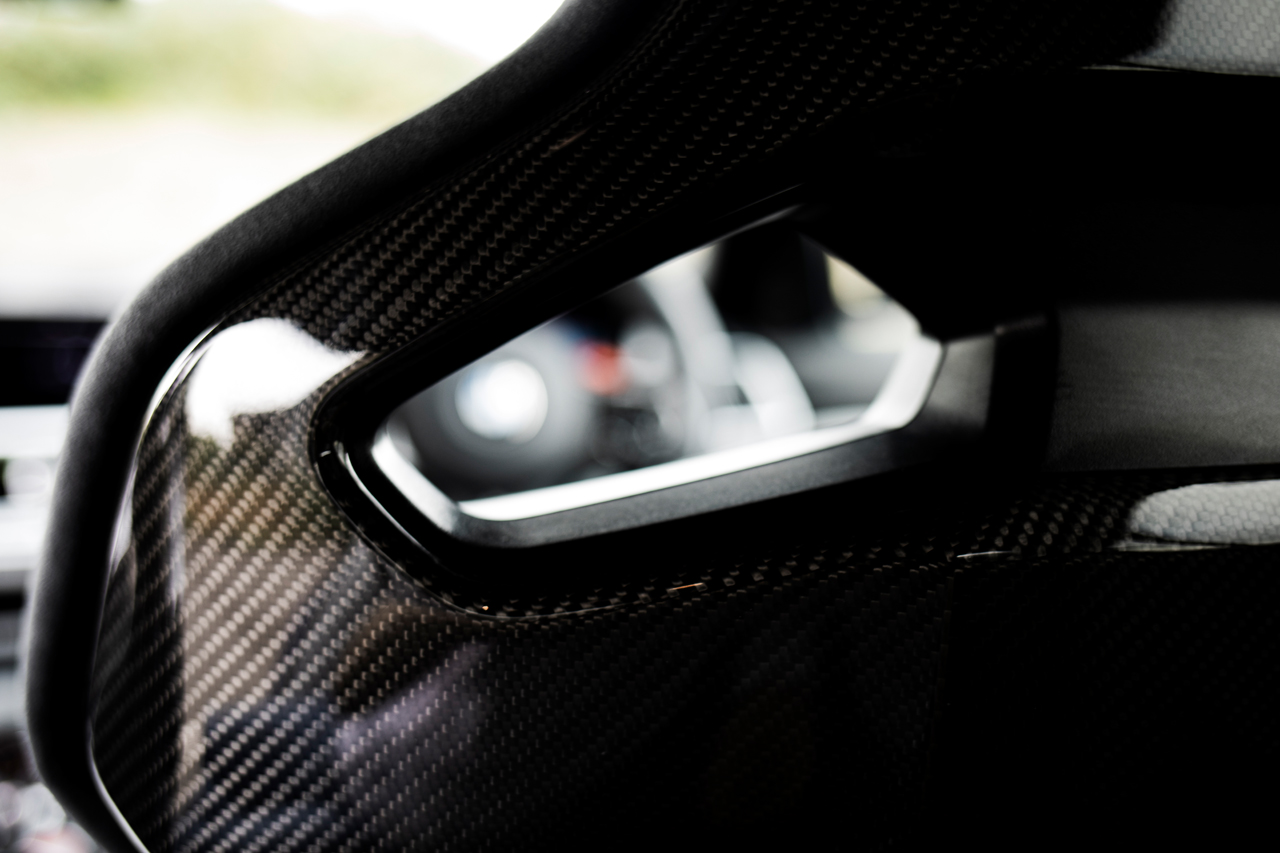




And while this is confidence-inducing on back-road blasts, it also leaves you wanting something else. The caveat with modern cars is that they are often over-engineered, computerized to the nth degree so that if anything were to go wrong it’d all be handled in a flash. While no one will complain about the M3’s ability to put a smile on one’s face, is it still the benchmark driver’s car if it feels like you’re being guided by the car equivalent of a robotic wizard?
What BMW has made here is the M3 in its most veritably comprehensive form. Those forty years of learning have been distilled into a car that’s fit for all occasions. Quick? Check. Shopping? Check. Looks? That’s up to you to decide. If you want purity, buy an old M3 (or the new CSL if you need something built for the race track). But, if you want a car that can do all of the above with ease, look no further than the M3. Turns out you can teach an old dog new tricks.
